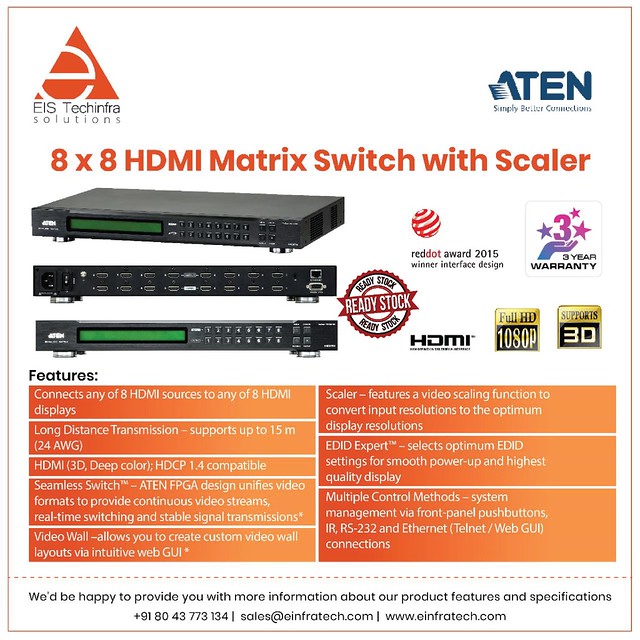Interactive Flat Panels: The Next Generation of Collaborative Displays
Introduction:
In today’s digitally advanced world, interactive flat panels have emerged as a revolutionary tool in classrooms, boardrooms, and various businesses. W Interactive Flat Panels ith the ability to transform traditional whiteboards into high-tech collaborative displays, these panels have caught the attention of educators and professionals alike. This article aims to delve deeper into the manufacturing process, features, advantages, usage methods, tips for choosing this product wisely, and ultimately draw a conclusion.
Manufacturing Process:
Interactive flat panels are typically manufactured using advanced technology with multiple layers. The main components include an LCD pane ad player l that acts as the display screen and touch sensors layered on top. These sensors detect touch gestures accurately while providing smooth operation. Alongside the LCD panel and touch sensors are additional components like backlight modules for better visibility and control systems that facilitate precise interaction.
Features:
One re Interactive Whiteboards markable feature of interactive flat panels is their versatility. They offer not only a whiteboard-like experience but also connectivity options to transform them into digital flipcharts or electronic whiteboards. These devices can handle multiple inputs simultaneously with great Interactive Flat Panels precision due to their excellent gesture recognition capabilities. Moreover, with built-in Wi-Fi connectivity and compatibility with various operating systems like Android or Windows, users can effortlessly access online content during presentations or lectures.
Advantages:
The benefits offered by interactive flat panels are numerous:
1) Enhanced Engagement: Interactive features encourage active participation among students or team members.
2) Rich Multimedia Integration: Users can incorporate audio-visual elements

seamlessly for impactful presentations.
3) Easy Annotation: Digital ink pens allow annotations directly on displayed content without any smudging.
4) Efficient Collaboration: Multiple participants can work together simultaneously on shared screens.
5) Accessible Anyw LCD advertising kiosk here: Integrated cloud services enable remote access to files stored on external servers.
6) Energy-saving Mode: Many models come equipped with power-saving features such as automatic shut-off timers.
Usage Methods:
Using interactive flat panels is intuitive and user-friendly. By simply touching the screen, users can navigate menus, drag objects, write notes with digital pens, or erase content as needed. These panels also support a variety of software applications specifically designed to enhance productivity in educational or corporate settings. Additionally, optional features like built-in cameras and microphones facilitate video conferencing for remote collaboration.
Choosing t Digital Flipcharts he Right Product:
When selecting an interactive flat panel, there are several crucial factors to consider:
1) Size: Determine the appropriate size based on where it will be used.
2) Resolution: Higher resolution allows for better image quality and clarity.
3) Connectivity Options: Look for models that offer various ports like USB and HDMI for easy

integration.
4) Durability: Consider panels with scratch-resistant surfaces and sturdy frames to withstand daily usage.
5) Software Compatibility: Ensure compatibility with existing software or applications essential for y Collaborative Flat Panels our needs.
Conclusion:
Interactive flat panels have emerged as a game-changer in collaborative displays. With their manufacturing process involving advanced technology and multiple layers, these devices offer remarkable features such as high precision touch sensors, multimedia integration capabilities, and extensive connectivity options. The advantages they bring include enhanced engage Advertisement display screen ment levels among users while facilitating efficient collaboration. Using interactive flat panels is effortless due to their intuitive interface and supportive software ecosystem.
To make the right choice when purchasing an interactive flat panel device, analyzing factors like size, resolution, connectivity options become critical towards meeting specific requirements successfully.
In conclusion, adopting this innovative technology can significantly elevate engagement levels during presentations or classroom sessions while empowering effective teamwork. Interactive flat panels truly revolutionize how people inte Interactive Flat Panels ract with information during collaborations across different sectors – education being just one example!
